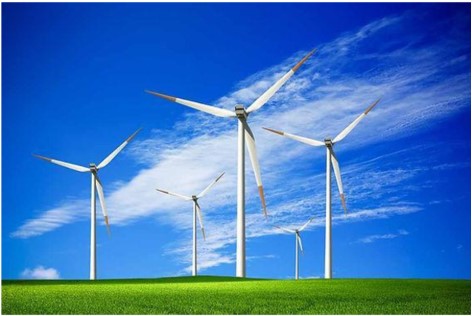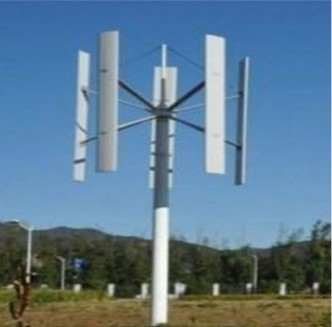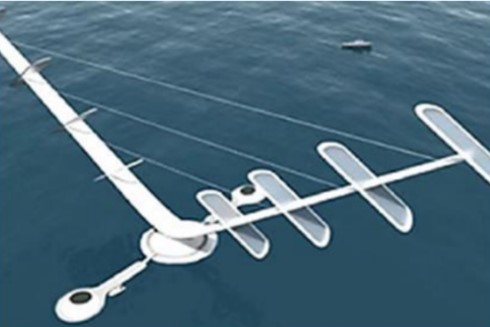- Definition and Types of Energy
- Myths And Misconceptions About Energy
- The Relationship Between Energy and Environment
- Climate Change and Carbon Footprint
- Greenhouse Gas Effect
- The Role of Human-Induced Greenhouse Gases and Energy Consumption
- Energy Efficiency and Sustainability
- Renewable Energy Sources and Future Perspectives
- Play and Learn
- Solar Energy Conversions
- Solar Energy Worldwide
- Solar Energy in Partner Countries
- Positive and Negative Impacts
- Technologies for Harnessing Solar Energy
- Solar thermal energy technologies and applications
- Electricity Generation Methods
- Passive Heating and Cooling of Residences with the Sun
- Concentrator solar power (CSP) systems and electricity generation
- Systems and Applications That Generate Electricity directly from solar rays
- Photovoltaic Cells and Panels
- Domestic PV Systems
- Off-Grid PV Systems
- Hybrid Connected Systems
- Materials Used in PV Cells
- Play and Learn
Wind Turbines
Wind turbines (WT) are machines that convert the kinetic energy of the wind into electrical energy. This conversion process begins with the wind turning the turbine blades, producing mechanical energy. The blades convert the mechanical energy into rotational motion, which is converted into electrical energy by the generator. They are divided into three groups according to the position of their rotation axes relative to the ground.
Horizontal axis WT

They are the most commonly used turbines and have their main shaft parallel to the ground. They are often preferred in large-scale wind farms.
Vertical axis WT

They have their main shaft perpendicular to the ground and can use wind from any direction. Vertical axis Wind Turbines are more common in small-scale applications and urban areas.
Inclined axis WT

They combine the features of horizontal and vertical axis turbines, but are a rare design type.
In addition, wind turbines are classified according to their speed, power capacity, number of blades, wind effect, gear mechanisms and installation location. Which turbine to use is determined by the wind characteristics of the region and the purpose of use.